Scientists Discover Cancer in Fossilized Dinosaur- How It Could Help Save Human Lives
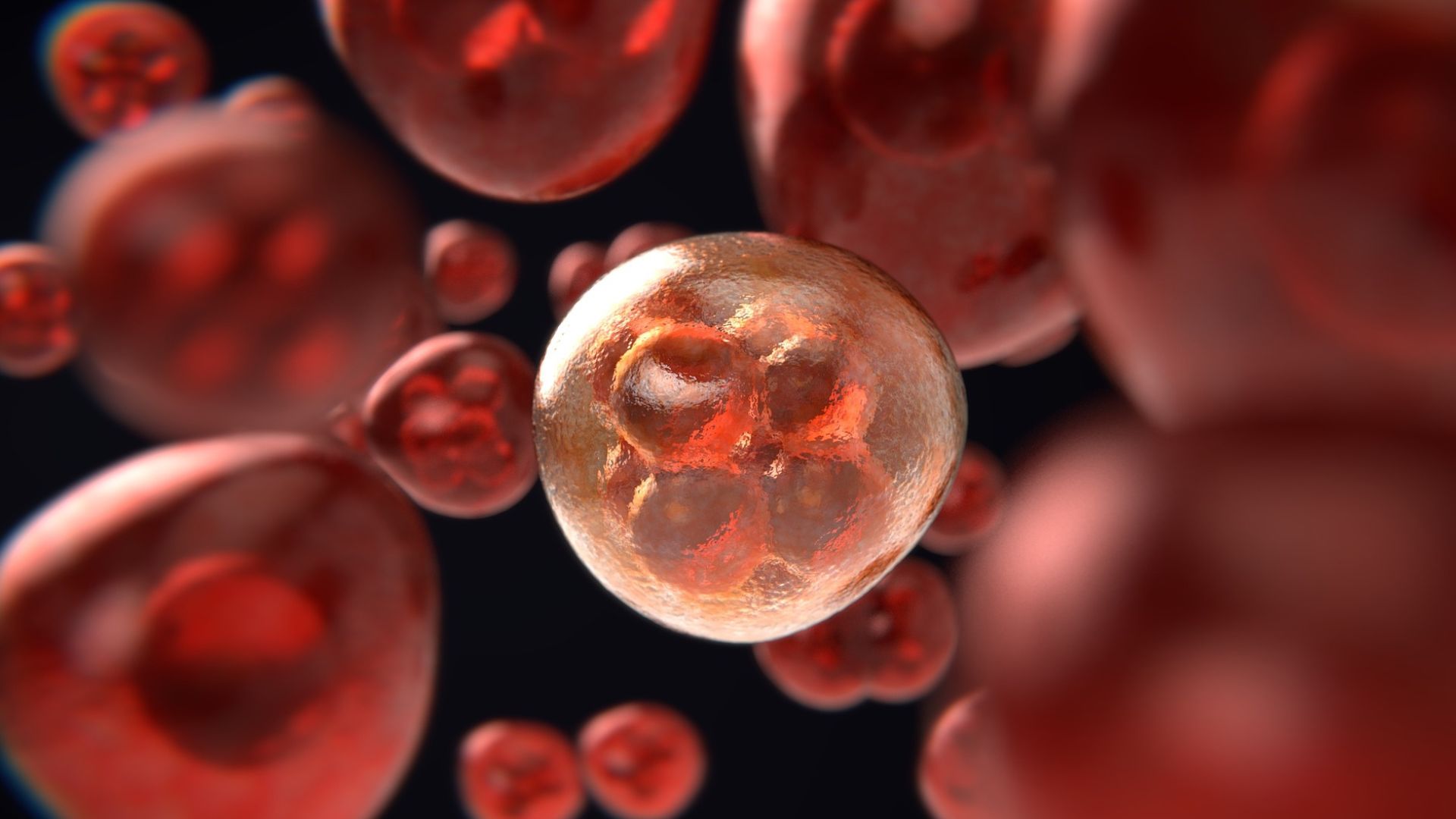

The image of dinosaurs often brings to mind towering skeletons and fossilized bones. Yet scientists are now uncovering something far more unexpected: signs of disease within these ancient remains. A recent study revealed evidence of cancer in a dinosaur fossil, opening up new opportunities to understand how illnesses evolved and how this knowledge could eventually guide the fight against cancer in humans.
Ancient Clues in Fossils

At first glance, dinosaurs and cancer research may seem worlds apart. But the discovery of preserved tissue within fossilized bones suggests a surprising link, offering a new perspective on how diseases can be studied across time.
The Dinosaur in Question
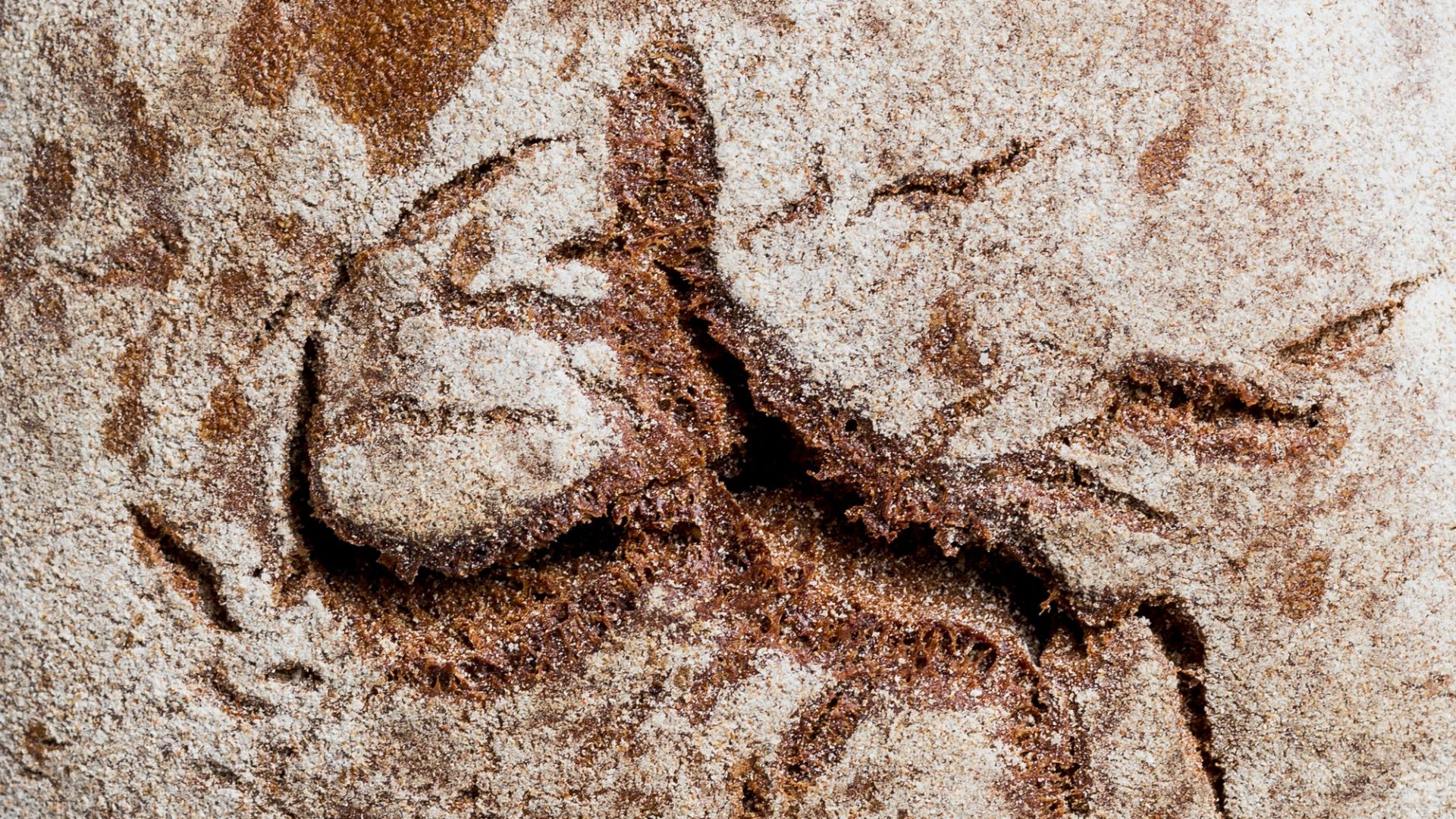
Researchers examined the fossilized remains of Telmatosaurus transsylvanicus, a cow-sized herbivore that lived in Romania around 66–70 million years ago. This relatively small dinosaur has now become central to one of the most intriguing medical findings in paleontology.
Discovery of a Tumor

Through advanced microscopy, scientists detected red blood cell–like structures near a tumor in the dinosaur’s jaw. The tumor was identified as ameloblastoma, a rare condition that still affects humans today, linking prehistoric pathology to modern health challenges.
Why Soft Tissue Matters
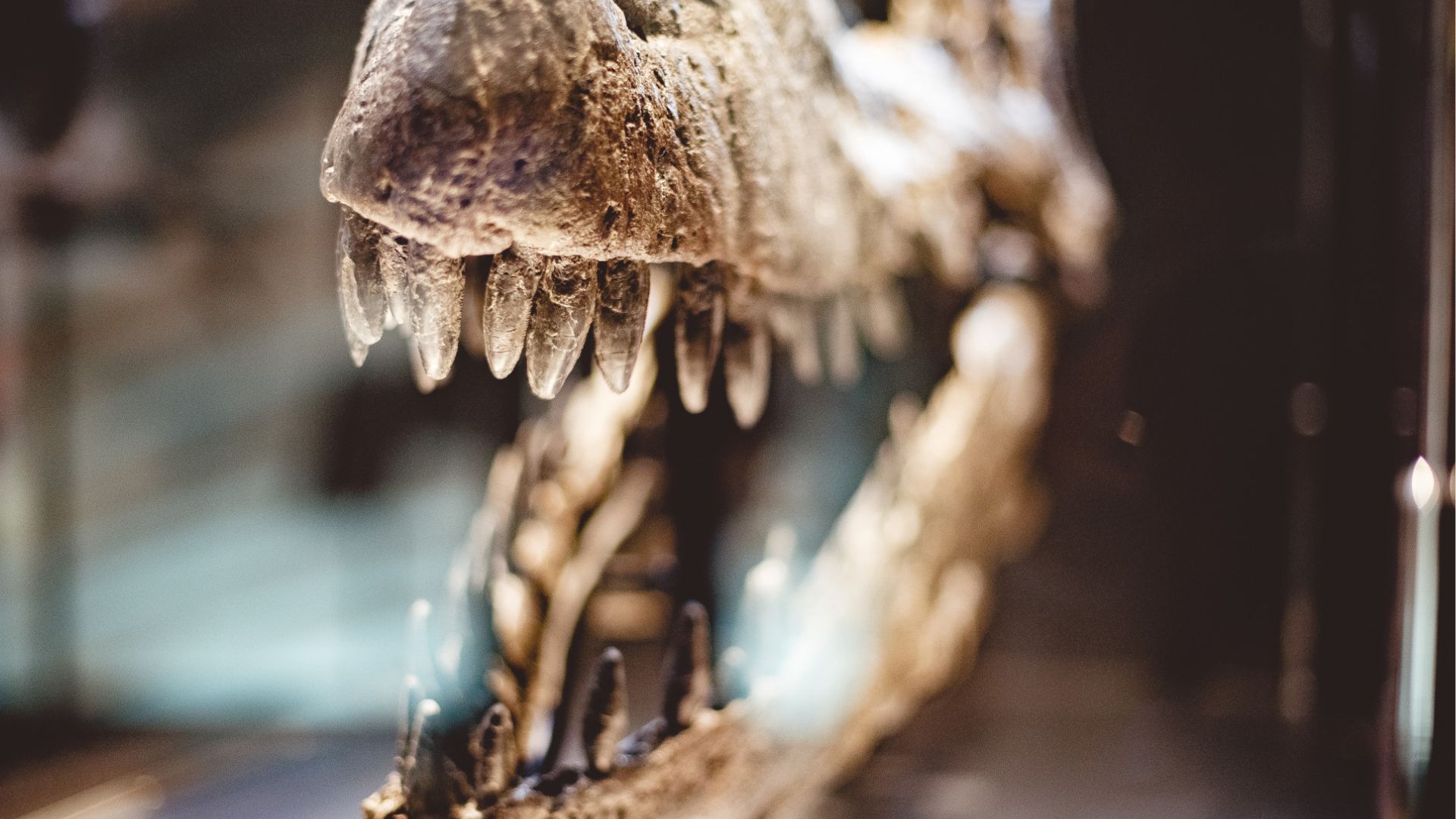
While skeletal structures reveal anatomy, soft tissue holds proteins that provide molecular insights into disease. These fragments allow researchers to study the biological mechanisms behind cancer in ways that bones alone cannot.
Expanding Research Methods

Oncologist Justin Stebbing of Anglia Ruskin University emphasizes that the techniques used here are under-explored. Their effectiveness highlights the need for broader application, which could unlock medical discoveries with direct benefits for human care.
Learning from Giants
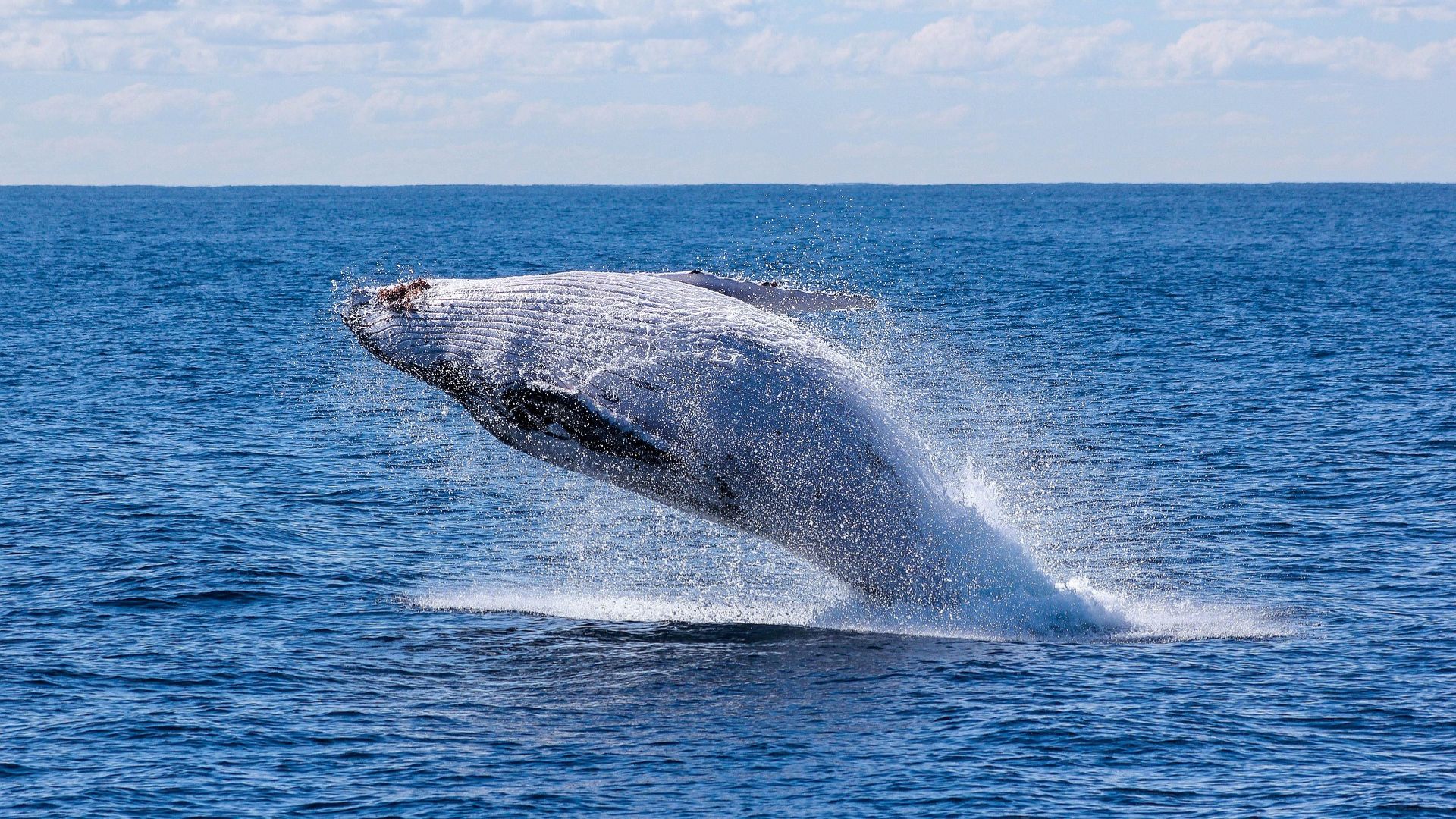
Whales and elephants have evolved natural defenses against cancer, despite their size and long lifespans. Dinosaurs, also large and long-lived, may have developed similar adaptations. Understanding these defenses could inspire new approaches to cancer prevention.
Preserving the Evidence
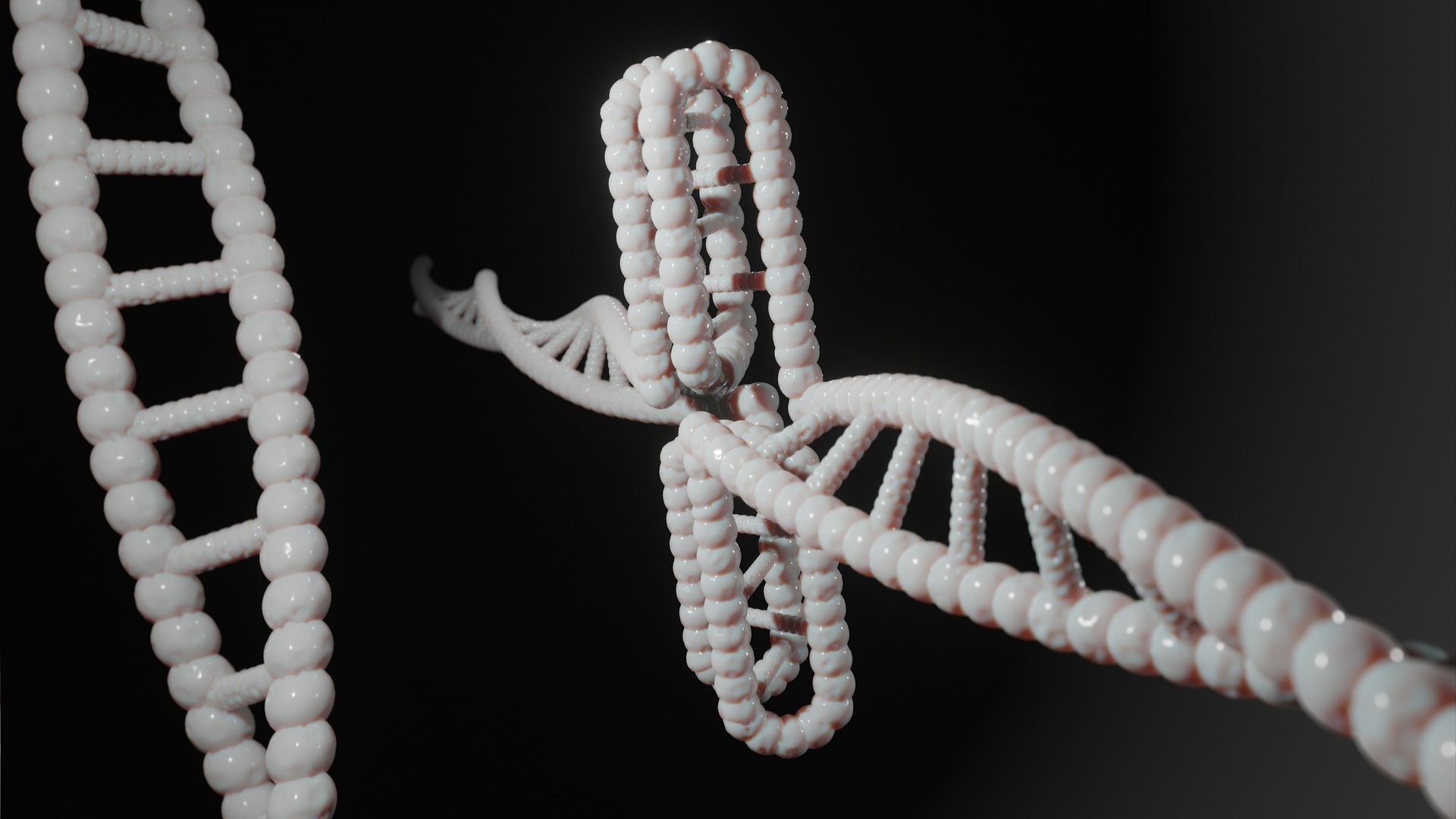
The success of future studies depends heavily on fossil conservation. As technology advances, tools for molecular analysis will become more powerful, but without well-preserved material, opportunities for discovery will be lost.
Lessons for Human Health
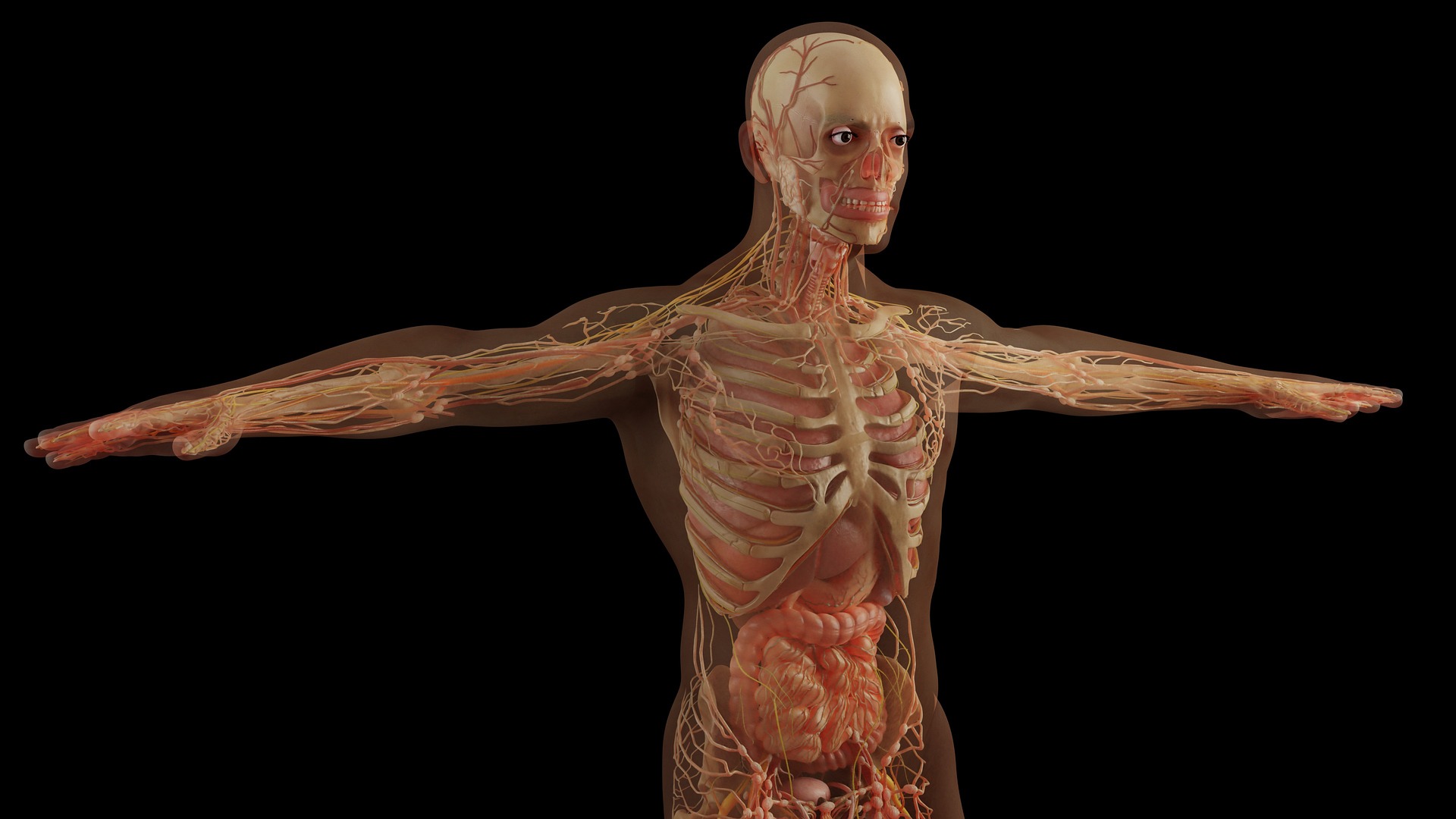
The presence of cancer in a dinosaur fossil reminds us that this disease has deep evolutionary roots. By studying how it appeared and persisted millions of years ago, researchers may one day uncover new strategies to treat or even prevent cancer in humans.